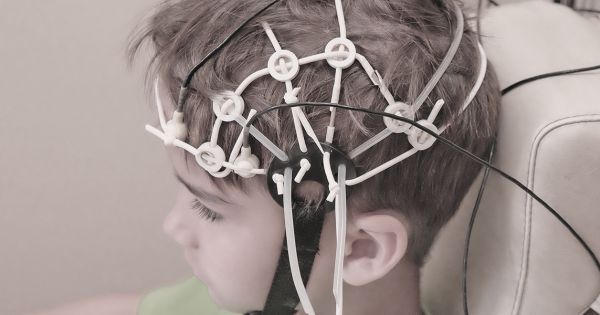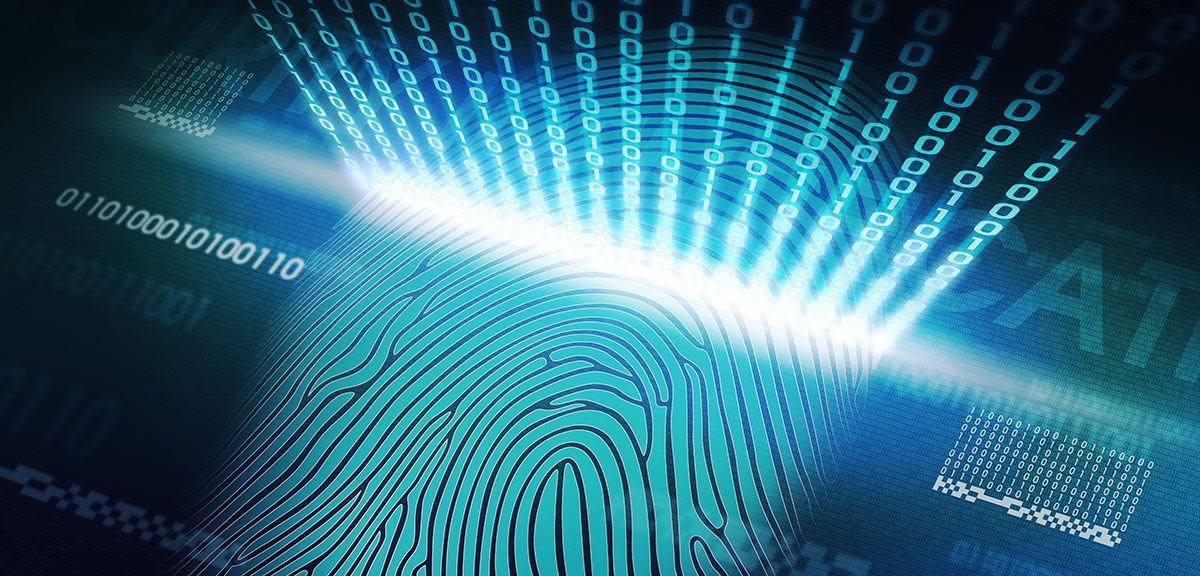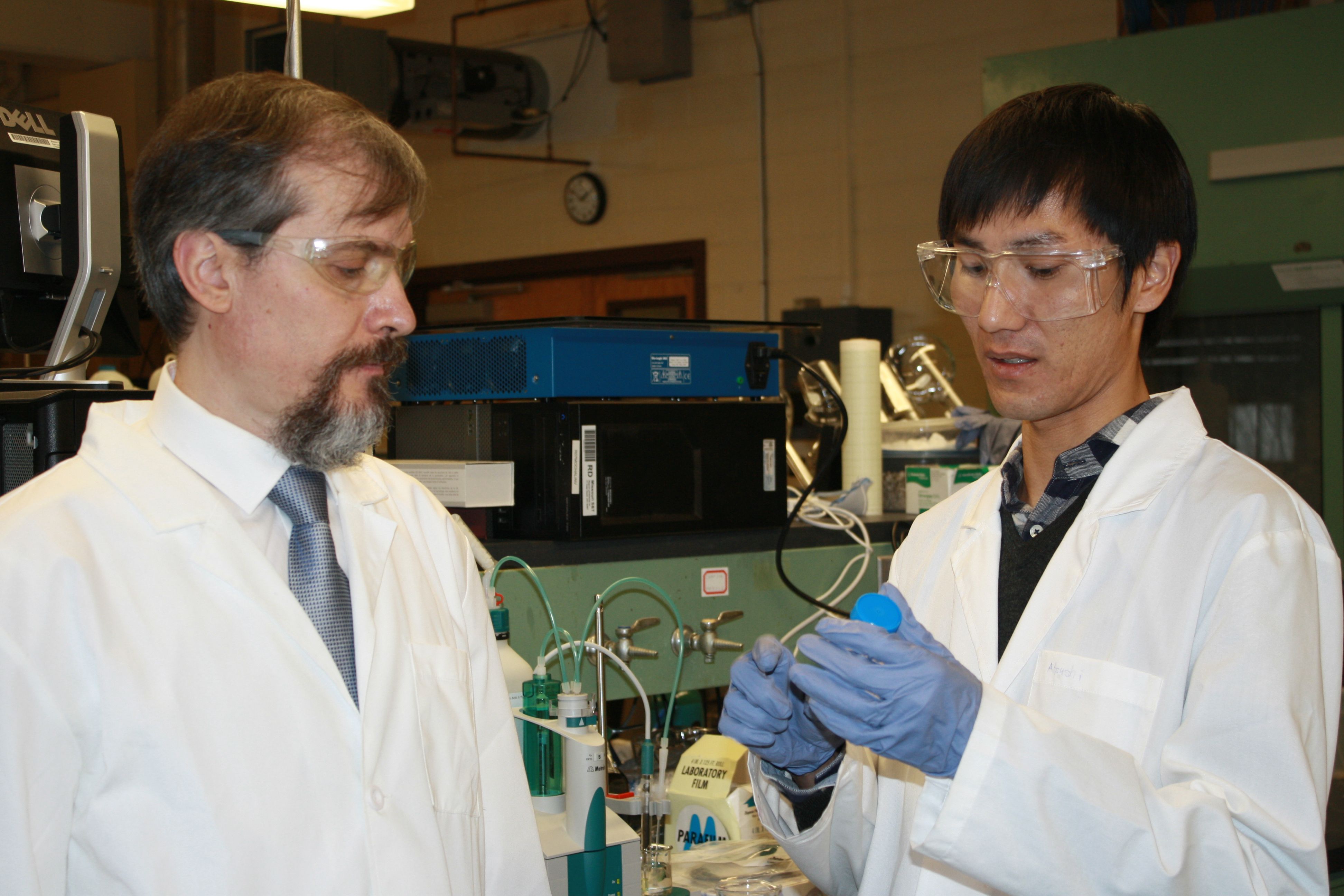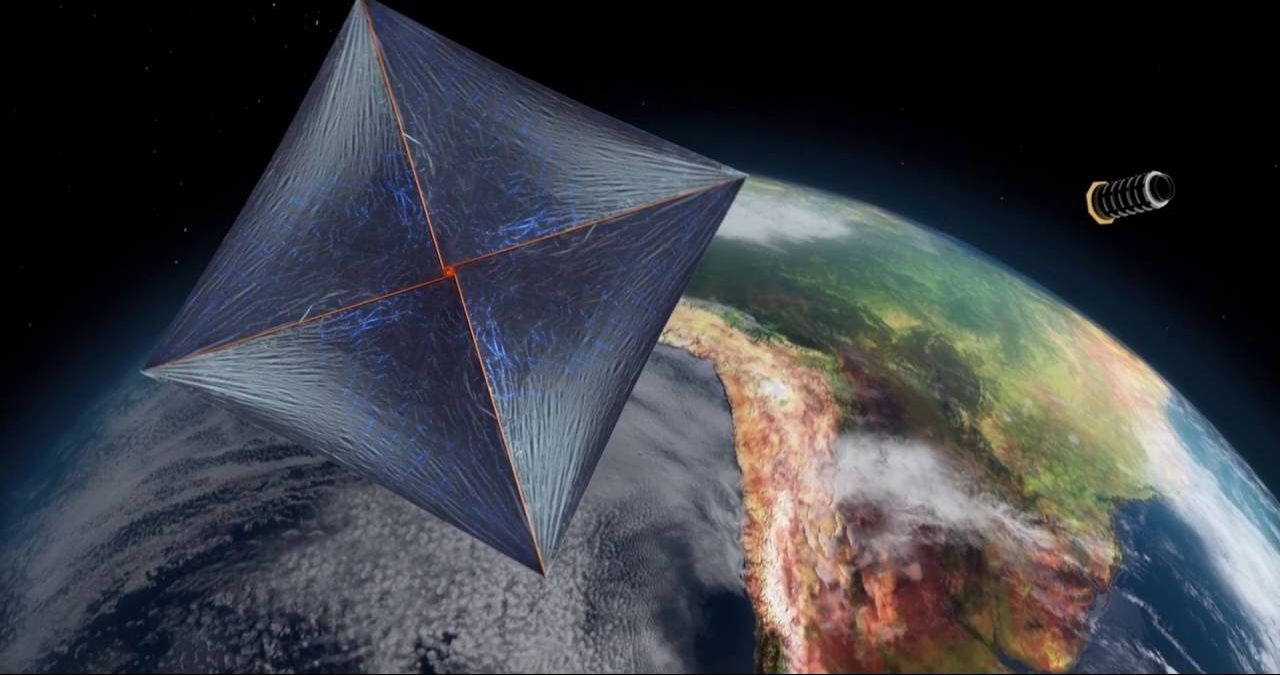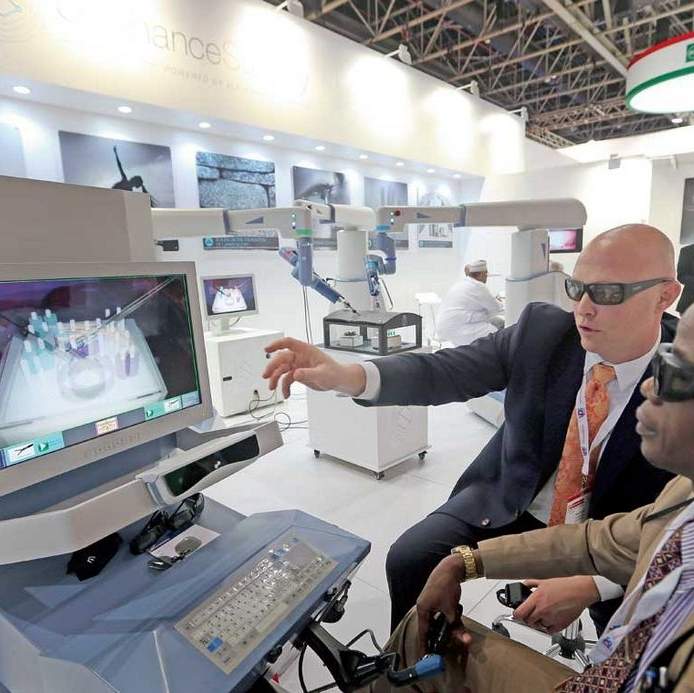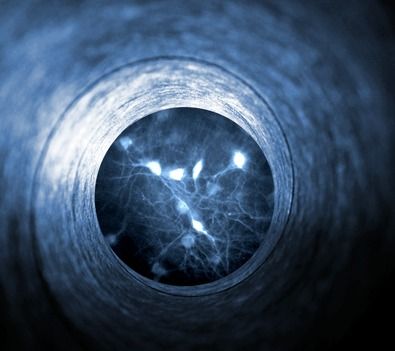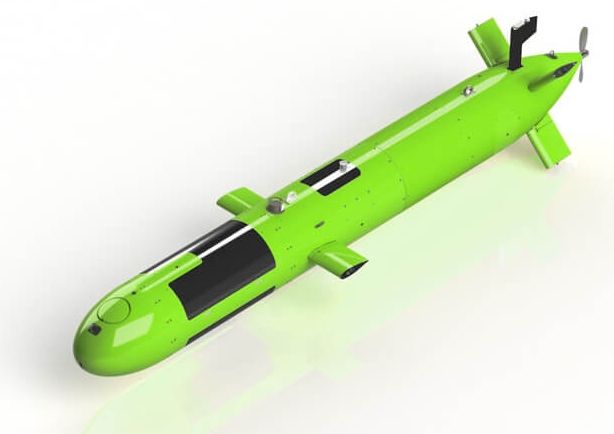No more smartphones.
In Brief
- Researchers are finding ways for us to communicate using only our minds, going so far as to give people in separate rooms the ability to send answers to each other without speaking.
- If we can hone this technology, it could help people with paralysis or other physical disorders regain the ability to communicate or perform physical tasks.
Imagine living in a world in which verbal communication is no longer required, a society in which telepathy is the norm, where people would be able to “speak” to each other using only their thoughts.
Scientists have long been contemplating the possibilities of brain-to-brain communication in humans, and it appears as though their dreams could become a reality within the next year or so. Such a system would be made possible via major advances in the technology that have been achieved via recent trials involving animals.
